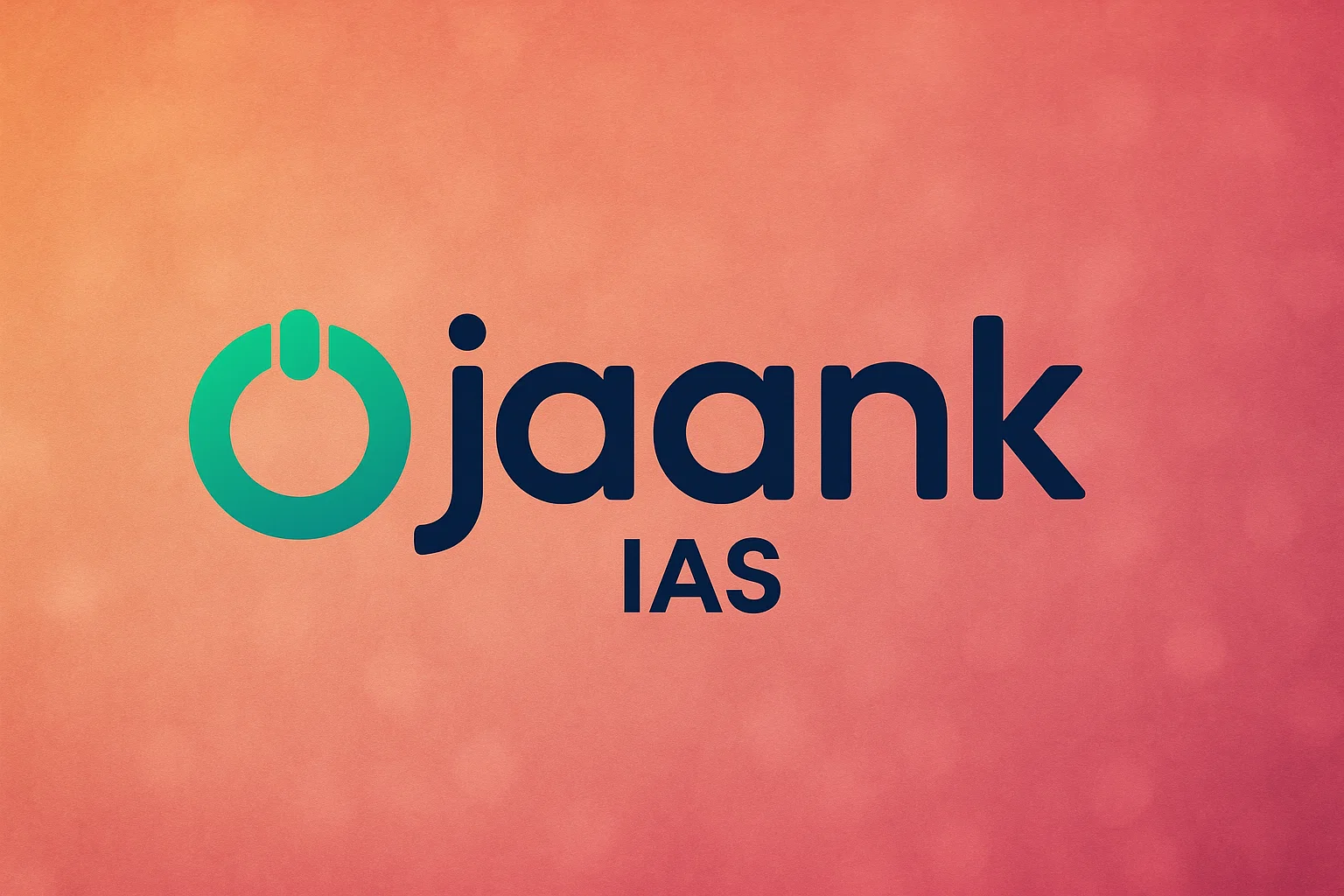India's latest employment data

Summary
India's latest employment data, based on the Periodic Labour Force Survey (PLFS) from July 2022 to June 2023, reveals significant insights into the state of employment in the country. While the unemployment rate has decreased, the quality of jobs created remains a concern. Monthly earnings have remained stagnant since 2017, and the data highlights the rise in self-employment and unpaid helpers in household enterprises. This summary provides an overview of the key findings from the PLFS report.
Significance of PLFS reports
- Conducted by the National Sample Survey Office.
- Provides data on various employment metrics.
- Helps policymakers understand job demand, gender differences, sectoral distribution, and work types.
Recall periods
- PLFS collects data using Usual Status (US) and Current Weekly Status (CWS).
- CWS is preferred globally due to better recall over the past week.
Unemployment Rate (UER)
- UER has decreased from 6.6% to 5.1% for the population above 15 years.
- Represents the proportion of people who demanded work but couldn't find it.
Labour Force Participation Rate (LFPR)
- LFPR has increased significantly to 54.6% for Indians above 15 years.
- Measures the total population demanding work.
LFPR for women
- Female LFPR has risen, particularly in 2019-20 and 2022-23.
Worker Population Rate
- Worker Population Ratio (WPR) shows the percentage of employed people in the population.
- WPR has been increasing, notably in 2019-20 and 2022-23.
WPR among women
- WPR for women has also shown growth, with spikes in 2019-20 and 2022-23.
Monthly earnings
- Despite overall income improvement post-Covid, monthly earnings have remained largely unchanged over the past six years.
Distribution of workers
- Data shows a rise in self-employment and a decline in regular salaried jobs.
- Self-employment among women is a significant trend.
Conclusion, While the unemployment rate has improved and more people are participating in the workforce, India's employment landscape presents challenges. The majority of new jobs are in the form of self-employment, reflecting a struggling economy. Women have joined the workforce as unpaid helpers in household enterprises due to weak household finances. Additionally, the shift towards agriculture and stagnant monthly incomes indicate underlying economic issues.